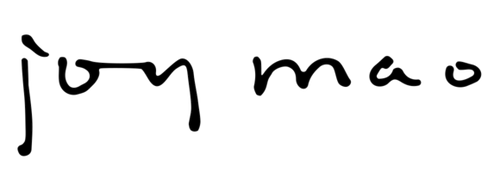Bai Jia Yi
Bai Jia Yi, or “Hundred Families Robe,” is a style of quilted garment native to many regions of China, traditionally handmade for children. Families with young children would ask other families in their community to donate scraps of fabric, and then use the collected fabrics to create colorful patchwork childrens’ robes. Though born from a humble need to conserve material and share resources, the robes were said to carry the blessings of a hundred families, enveloping their wearers with an entire community’s wishes for a healthy and happy life.
During her artist residency at The W.O.W. Project from February-July 2021, Joy Mao created a special Bai Jia Yi in collaboration with the Chinatown community.
The project centered the lived histories of Chinatown’s garment workers, and the process of listening, learning, and creating alongside one’s community.


Research and design were grounded in Chinatown’s garment-making history.
Fabrics for the garment were donated by May Ying Chen, collected from Chinatown’s past and present garment workers.
The front of the garment references the street map of Manhattan Chinatown—the areas bounded by Grand, Centre, East Broadway, and Allen Streets—where the majority of Chinatown’s garment factories were located during the height of the neighborhood’s garment production in the 1980s.
The back of the garment references the streets of the Garment District in midtown Manhattan, where many of Chinatown’s garment workers still work today.
Beads of Suzhou jade record locations of community members’ experiences in the garment industry: factories where they worked, community gathering spaces, and other places of significance.
Joy worked alongside garment industry veterans Lorraine Lum, Alice Ip, and May Ying Chen to construct the community's Bai Jia Yi.
Displayed in the storefront window of Manhattan Chinatown’s oldest operating porcelain store, Wing On Wo & Co, the Bai Jia Yi serves as a touchstone for engaging the community in conversations about Chinatown’s history of garment work, and the ways in which garment work has impacted workers’ lives—identity, family, community, and culture.


